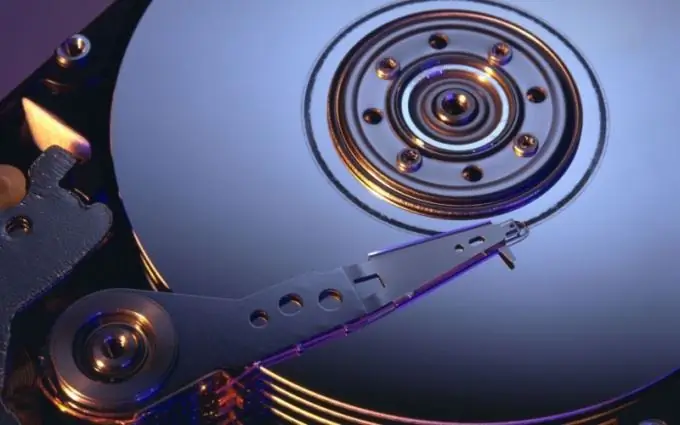When installing OS Windows, you need to allocate enough space for the system drive from the very beginning. By default, all programs are installed on the C: drive. As a result, free space on the system drive will steadily decrease, which may lead to the inability to work on the computer.

Moving the paging file
The paging file is a place on the hard disk where the system places the results of information processing in order to free up RAM. By default, this file is located on drive C. Right-click on the My Computer icon and select Properties. Go to the "Advanced" tab and in the "Performance" section click "Options". Again select "Advanced" and in the "Virtual memory" section click "Change". Check drive C and enable "No paging file". Click Set, then OK.
Check drive D, enable Custom Size, and set the minimum and maximum paging file sizes. The bottom size should be at least 1.5 times the amount of RAM. Click "Set" and OK, after which the system will offer to restart the computer.
Pay attention to the item "Recommended" in the section "Total paging file size …"
Resizing the C drive:
In Windows versions from Vista and higher, the issue is easily resolved by standard means. However, you may first need to defragment disk D. Right-click on the icon "My Computer" and select the command "Manage". In the management console, click the Disk Management snap-in. This will open a status window for the disks on your computer. Right-click on the D: drive and select Properties from the context menu. Go to the "Tools" tab and click "Defragment". In the Disk Defragmenter window, click Analyze. After processing the data, the system will graphically display information about the status of the disk. If you think defragmentation is required, click the appropriate button. This operation will take some time, depending on the amount of information on the disk and the degree of fragmentation.
Again, right-click on the D: drive and select the Shrink Volume … command. In the new dialog box, specify the amount of compression in the drop-down list and click Shrink. After completing the operation, the system will display a new unallocated area. According to the developers, the compression operation cannot damage or destroy the information on the disk. However, for the sake of caution, you can save the most important data to removable media.
If there is a paging file on drive D, the volume cannot be shrunk or deleted.
Right-click on the C: drive image and select the Expand Volume … command. In the Expansion Wizard window, click Next. In a new window, mark the unallocated area and select from the drop-down list the size by which you will increase the system disk. Click Next and Finish.






